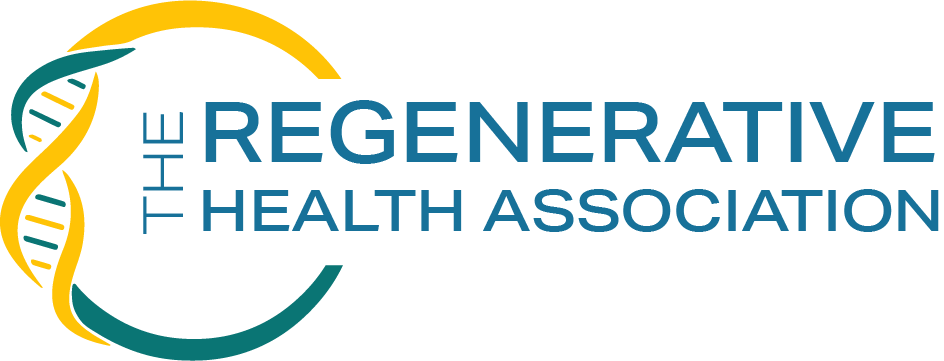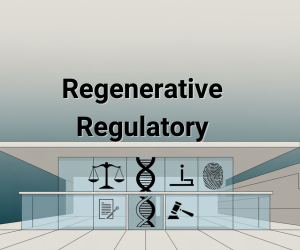Stem cell therapy is often marketed as a revolutionary treatment for everything from orthopedic pain to autoimmune disease. But behind the glossy advertising lies a tangled web of legal confusion that leaves both patients and providers at risk.
In the U.S., many stem cell procedures are being offered without full FDA approval. Clinics operate in a regulatory gray area, often claiming exemption from standard drug approval pathways by labeling their treatments as “same surgical procedure” or “minimally manipulated.” While some of these practices fall within legal loopholes, others cross into noncompliance—intentionally or not.
This legal ambiguity didn’t emerge overnight. Over the past decade, the FDA has issued warning letters, revised guidance documents, and filed lawsuits against clinics it believes are operating outside regulatory bounds. Yet enforcement remains inconsistent, leaving many to wonder: What’s actually allowed?
In this series, we’ll unpack:
- How the FDA classifies and regulates stem cell therapies
- The meaning and consequences of “minimal manipulation”
- Legal battles between clinics and the FDA
- The rise of off-label and experimental treatments
- What patients need to ask before undergoing therapy
We’ll also integrate commentary from legal scholars, regulatory experts, and published studies to bring clarity to this fast-moving topic.


